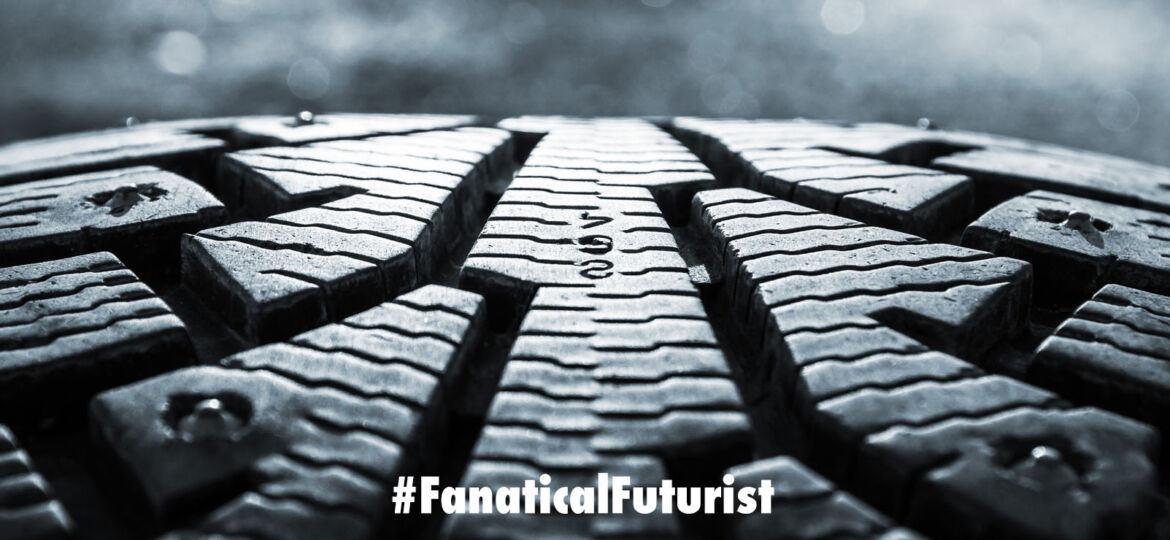
WHY THIS MATTERS IN BRIEF
While this is one example of how self-healing materials will be useful there are millions more use cases.
 Interested in the Exponential Future? Connect, download a free E-Book, watch a keynote, or browse my blog.
Interested in the Exponential Future? Connect, download a free E-Book, watch a keynote, or browse my blog.
If the world is free of flat tires a couple decades from now, you may have researchers from the Harvard University to thank for it. However, that said, as flying taxi’s take to the air and companies like Goodyear re-imagine tyres altogether with concepts such as their tilt-rotor tyres for flying taxis, who knows if we’ll need tyres at all? In Harvard’s case though they’ve developed a new type of self-healing rubber that, in addition to being as tough as existing rubber, has the added benefit of being able to fully heal itself in the event that it gets a puncture, and even better, when we combine the new technology with self-healing asphalt we could also have roads that heal their own potholes. See, even the most mundane things aren’t immune to disruption in the future… and as for those other use cases I mentioned? Well, what about trainers or shoes that heal themselves? And so on…
“We have a made a new type of rubber with an exceptional combination of toughness and self-healing ability,” said Liheng Cai, a postdoctoral fellow at Harvard. “We did so by developing a new way to mix two intrinsically immiscible bonds, reversible and covalent bonds, in a dry rubber.”
“Unlike conventional methods relying on co-solvents to promote mixing, we use molecules to physically tie these two types of bonds together, such that they are forced to mix at the molecular level. This enables a dry rubber that contains both reversible hydrogen bonds and permanent covalent crosslinks. The reversible bonds break and reform to enable self-healing ability, whereas the covalent bonds maintain the material integrity under large deformation. Consequently, the rubber is not only very tough as natural rubber, but also can self-heal upon damage.”
While this isn’t, by any means, the first example of a self-healing material, the research is significant due to the challenge of engineering self-healing properties in dry materials, such as rubber.
Unpuncturable tires alone would be a good enough application to justify the new material’s creation, but Cai said that there are also other potential uses the new form of rubber could be applied to. These include damping materials, materials for flexible electronics, and, because the material behind the innovation is additionally transparent, it could also be used to create protective coatings for optical devices and electronics.
“Next we want to make this material 3D printable, such that we can harness 3D printing technologies to transform the material into more complex architectures with more functions,” Cai continued. “Harvard’s Office of Technology Development has filed a patent application for the technology, and is actively seeking commercialisation opportunities.”
A paper describing the research was published in the journal Advanced Materials.
















